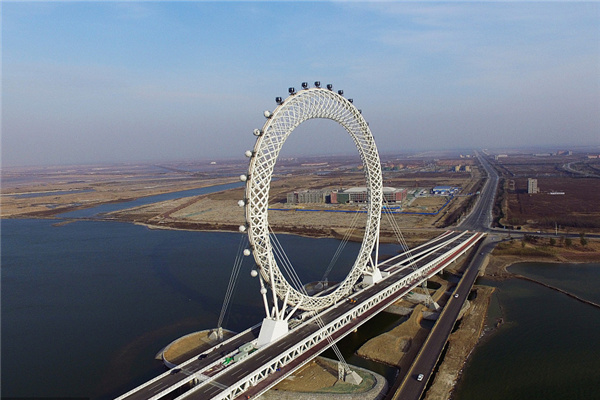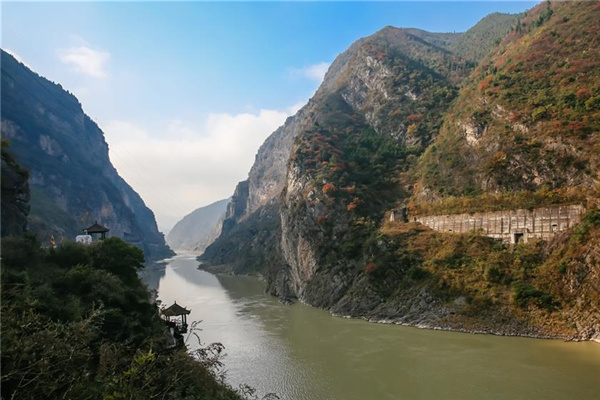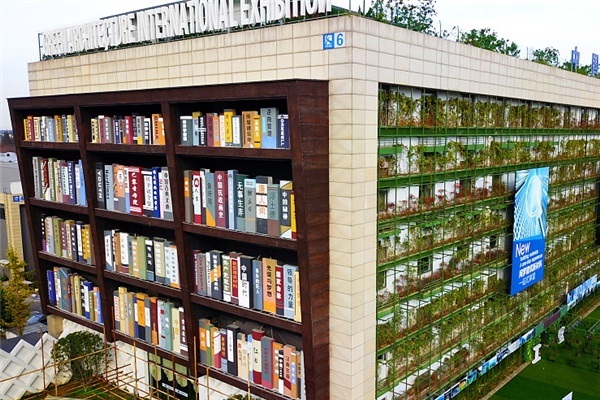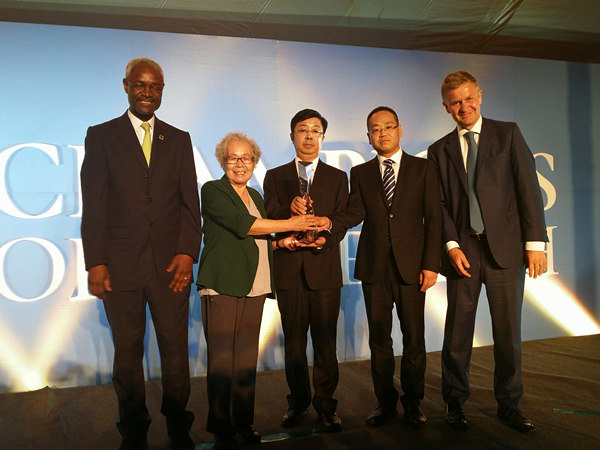

|
The Sand Lake resort in the Ningxia Hui autonomous region. |
Midwestern China's Ningxia Hui autonomous region is proud of its new image as the country's No 1 desert tourist attraction.
Shahu district, one of Ningxia's biggest desert attractions, reported a stunning tourist revenue of more than 100 million yuan in 2007 and in doing so became one of the country's 5-A tourist attractions.
But Shahu's unique natural beauty had been ignored for decades. When the local government finally decided to make use of the region's tourist resources in 1989, opponents challenged the decision by saying that government funds should not go to tourism when a large number of the population were living under the poverty line.
Shahu's tourist industry fought its way forward in the early days. The only revenue was from 2-yuan ferry tickets. No entrance fee was charged. But to the delight of the local government, Shahu's rare "desert-lake" view was well received by sightseers from all over the country. Tourist flow hit 2,000-3,000 per day during peak seasons and the region's monthly profit exceeded the total figure the area's traditional fishery industry would make in a whole year.
According to Shi Zhigang, chairman of Shahu Tourism Company, with the government's initial input of 6 million yuan 18 years ago, the region's tourist industry yielded more than 100 million yuan in revenue last year.
Shapotou, another famous desert tourist site in the autonomous region, has come an even longer way to become a national 5-A tourist attraction.
Back in the 1950s, the Baotou-Lanzhou railroad, the world's first railroad to pass through the local desert, was under construction in the Shapotou region. Railroad construction in a desert environment is difficult, but Shapotou developed a method to do it that both enabled the railroad to operate smoothly and also protected the area's fragile desert environment. Shapotou was given an award for its contribution to the country's desert project and environmental protection.
Admirers of the world's top class desert-protection project came to visit Shapotou over the years marking the beginning of the region's tourist industry.
Ningxia does not contain the country's biggest or most famous deserts, but its desert tourism is unmatched. The autonomous region is flanked by sand on three sides with easy transportation from the large towns and cities in eastern China. To add to its geographical advantage, Ningxia contains varied resources - rivers, lakes and grasslands all lie within its deserts.
The city of Shahu held its first international sand sculpture competition in 2002. Artists from all over the world built a miniature of the famous Silk Road with nothing but sand. More than 100,000 travelers poured into the "Silk Road" on the first day when the competition opened.
Perhaps it is the unusual desert scenery that drew travelers to Ningxia almost two decades ago, but it is undoubtedly the continuing new attractions that have kept the region's tourist industry healthy over the years.
Ningxia held its first international tourist festival in 2004. Travelers from all over the world had a hard time deciding which event to leave out of their schedules while wishing they could experience them all. Activities included desert exploring, a sand sculpture gallery, a car exhibition, beer-drinking competition and many others.
The tourists' festival has since become an annual attraction, drawing tens of thousands of tourists each year, making it the most profitable event of the area's tourist industry.
Ningxia's latest marketing move was the desert sport competition, which debuted in Shapotou last year. Desert golf, volleyball and over 30 games were held during the competition. Professional athletes, as well as travelers and tourists, played the games.
When Shahu first started tourism almost two decades ago, only about 200 travelers came via the still-in-use Shahu lake port. With rapid tourist growth over the years, the port could barely manage the growing tourist flow and a new port is currently under construction at Shahu. When completed, the port will have a daily capacity of up to 100,000 visitors.
After years of development, tourism has become one of the mainstay industries in Ningxia. According to the Ningxia government, tourist industry revenue is expected to exceed 2 billion yuan by the year of 2010, accounting for more than 10 percent of the region's GDP.
CBW News
(China Daily 09/22/2008 page10)













